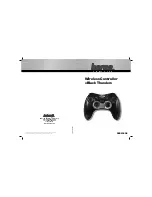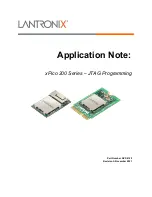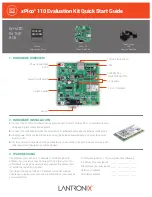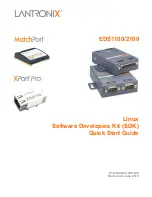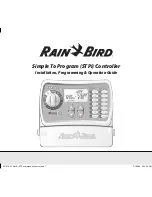
Solar panels will produce high voltage when there is light. Do not touch or short circuit wires and
terminals. When operation is required, pay attention to dry hands, use insulating tools and stand on
dry ground.
Only lead acid or Lithium batteries that meet the control range of this controller can be charged. For special
batteries, please consult with technical personnel.
The battery contains acid electrolyte. Please wear goggles when installing. If you contact the electrolyte
carelessly, please wash it with clean water
The battery has huge power, forbid any conductor short circuit the positive and negative poles of battery.
Suggest to adding a fuse between battery and controller. (Slow motion type, the action current of the fuse
should be 1.5 times rated current of the controller)
Please install the controller in a place where children can not touch.
2. Precautions for use
The controller could detect the temperature of environment to adjust the voltage of charging,
so that the controller should be closed to battery as near as possible.
Recommend system current density of cables less than 4A/mm
2,
Unreasonable cable selection will increase
the system consumption, even burning.
Try to use multi strand copper wire in order to connecting with the terminal firmly. Loose power connection
and/or corroded wires may result in resistive connections that melt wire insulation, burn surrounding
materials or even cause fire.
Please keep the battery full charged (one time each month at least), or the battery will be destroyed.
This product have limited solar panel input power function, in theory, no matter how much power of solar
panel input, the controller will limited the input power under rated power, but must pay attention to the
following two points:
1) The short circuit of solar panel less than rated current of controller.
2) The Open Circuit Voltage of solar panel increased with decreasing temperature, please ensure in any
case, the Open Circuit Voltage of solar panel array will not exceed 150V, otherwise it will trigger
protection or damage to the controller.
3. PV module connection requirements
1) Number of PV module in series
Due to the different types of photovoltaic modules in the market, the controller, as the core component of
the photovoltaic system, can adapt to various types of photovoltaic modules and can maximize the
conversion of solar energy into electric energy. According to the open circuit voltage (VOC) and maximum
power point voltage (vmpp) of MPPT controller, the series number of photovoltaic modules suitable for
different types can be calculated. The following table is the number table of photovoltaic modules in series,
for reference only:
System
Voltage
36cell
Voc<23V
48cell
Voc<31V
54cell
Voc<34V
60cell
Voc<38V
72cell
Voc<46V
96cell
Voc<62V
Thin film
moduleV
oc>80V
Max
Best
Max
Best
Max
Best
Max
Best
Max
Best
Max
Best
12V
4
2
2
1
2
1
2
1
2
1
1
1
1
24V
6
3
4
2
4
2
3
2
3
2
2
1
1
48V
6
5
4
3
4
3
3
3
3
2
2
2
1
2) Maximum power of PV array
The MPPT controller has the function of limiting the input power, that is, the controller can limit the power or
charging current within the rated range of the controller, and the maximum power of the controller can not be


















